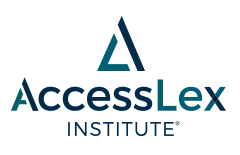
Law School Admissions
Title
The LSAT and the Reproduction of Hierarchy
Document Type
Law Review Article
Publication Date
4-2019
Keywords
admission criteria, incoming indicators, law school diversity, standardized test scores, LSAT, student financial aid, merit-based financial aid
Abstract
On the whole, admission to law school is not a very selective process, with roughly three-quarters of applicants gaining admission to one or more programs each year. As a result, the LSAT serves less a gatekeeping function than a sorting function, funneling applicants into a hierarchy of law schools based primarily on their LSAT score. In so doing, reliance on the LSAT in admissions reinforces existing inequities, with lower income and minority students disproportionately directed toward less selective schools with poorer post-graduate employment outcomes. Reliance on the LSAT in the award of "merit" scholarships further exacerbates this hierarchy, disproportionately burdening the low scorers with heavier educational debt burdens. This Article describes the mechanisms of this process and offers proposals for change.




